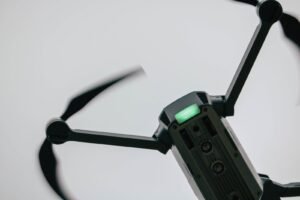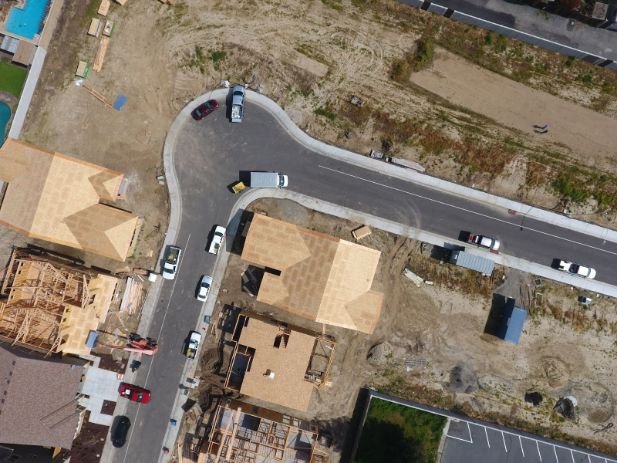In recent years, the use of drones in facade inspections has become increasingly popular. Drones equipped with high-resolution cameras and other sensors can capture detailed images of building facades, allowing for more accurate and efficient inspections. However, as with any technology, there are both pros and cons to using drones for high rise facade inspections. In this article, we will explore the advantages and disadvantages of using drones for facade inspections.
The Pros of Using Drones for Facade Inspection
Improved Safety
One of the significant benefits of using drones for facade inspections is the improved safety they provide. In traditional facade inspections, workers need to climb scaffolding or use other equipment to access hard-to-reach areas, putting themselves at risk of falls and other accidents. Drones can access these areas without putting workers in harm’s way, reducing the risk of accidents and injuries.
More Efficient Inspections
Drones can perform facade inspections more quickly and efficiently than traditional methods, resulting in cost savings for building owners. They can capture detailed images of the building facade and other data, allowing for more accurate analysis and identification of defects and maintenance issues. This can result in earlier detection of problems, reducing the need for costly repairs and maintenance down the road.
Detailed Data Capture
Drones can capture high-resolution images and other data that can be analyzed in greater detail than traditional methods. This allows for a more thorough inspection of the facade, identifying even minor defects that could lead to more significant issues down the road. Detailed data capture also provides building owners with a comprehensive record of the condition of their facade, which can be useful for planning maintenance and repairs in the future. This information can even be put into a 3D model to provide even more accessible detail.

The Cons of Using Drones for Facade Inspection
Technical Expertise Required
Using drones for facade inspections requires technical expertise, including knowledge of the equipment and software used. It may also require a licensed pilot to operate the drone, depending on local regulations. Building owners may need to hire a third-party drone operator or invest in training their own staff to operate the equipment.
Weather Dependence
Drones may be affected by adverse weather conditions such as high winds or heavy rain, limiting their ability to perform inspections. This can result in delays and rescheduling of inspections, potentially causing inconvenience and additional costs for building owners.
Limited Inspection Range
Drones have limited battery life and range, meaning they may not be suitable for inspecting larger buildings or those with complex facades. In these cases, traditional methods may still be required to complement the data captured by the drones.
In Summary
In conclusion, using drones for facade inspections has both pros and cons. While they can provide improved safety, more efficient inspections, and detailed data capture, they also require technical expertise, may be weather-dependent, and have limited inspection range. Building owners should weigh the advantages and disadvantages such as the cost of a facade inspection carefully before deciding whether to use drones for facade inspections.
If you decide to use drones for facade inspections, it’s essential to choose a qualified and experienced drone operator to ensure accurate data capture and analysis. Building owners should also ensure compliance with local regulations governing drone use and safety. By carefully considering the pros and cons of using drones for facade inspections, building owners can make informed decisions that will help them maintain their properties’ facades effectively and efficiently.

